In the first nine months of this year, poachers have killed 190 rhinos in state-run protected areas in South Africa’s KwaZulu-Natal province. That’s one rhino killed every 35 hours. Most of this surge in poaching has taken place in Hluhluwe-Imfolozi Park, better known as HIP.
HIP is one of Africa’s earliest proclaimed conservation areas, established in 1895 in large part to protect the southern white rhino (Ceratotherium simum simum) from extinction. At the time, there were believed to have been fewer than 100 left, all in KwaZulu-Natal. HIP’s rhino conservation was so successful that white rhinos have now been translocated back to many countries across their previous range. White rhinos can now be found in Namibia, Zimbabwe, Kenya, Rwanda, Mozambique and Zambia — all of them a direct result of the work done in HIP.
“Wherever you see a [southern] white rhino, it’s from this park,” says Amos Tembe, head of HIP’s anti-poaching unit. “That’s why it’s so special.”
After several decades of recovery, white rhino populations are once again in decline, with 18,064 left in the wild, according to the latest figures from the IUCN, the global wildlife conservation authority. HIP is home to one of the largest and densest white rhino populations anywhere on Earth. But unless something can be done to stem the recent tide of poaching, the future looks uncertain for the rhinos of this historic park.
Why has poaching surged?
No one can say for certain what has driven the spike in poaching in at HIP in 2022, but there are a couple of plausible explanations and factors that are likely exacerbating the situation on the ground.
The first is that HIP quite simply has such a large population of white rhinos as well as a smaller population of black rhinos. South Africa’s flagship Kruger National Park has been the epicenter of the country’s rhino poaching crisis, losing 75% of its rhinos between 2011 and 2021.
“Kruger has lost so many rhino that they are actually bloody difficult to find,” says Dave Cooper, recently retired chief veterinarian for Ezemvelo, the government body responsible for managing conservation areas in KwaZulu-Natal. “They tracked it from Kruger and a lot of [the poachers] have come down this side.”
Ezemvelo no longer release their rhino numbers for security reasons but based on previous figures HIP’s white rhino population is currently approximately 70% that in Kruger National Park in an area 20 times smaller.
Another factor is that many parks and private reserves in South Africa are also now choosing to dehorn their rhinos, including selective dehorning of certain female rhinos in Kruger National Park.
“We haven’t dehorned,” Cooper says. “I’m not saying dehorning is the silver bullet, the private sector has dehorned and we’re the only significant population that hasn’t, and we’re being hammered.”
And then there’s COVID-19. With more police on the road and restrictions on movement, the pandemic was actually a period of relative respite for anti-poaching teams. As things slowly return to normal, poaching activity has escalated, possibly a sign that syndicates are making up for lost time, Tembe says, but there are also more people who have been pushed into desperate economic conditions and difficult choices by the pandemic.
A difficult time
HIP is a challenging park for rangers to cover. It spans 960 square kilometers (371 square miles) and is surrounded by communities on all sides, in many cases living right against the boundary, while a public road runs through the middle of the reserve. The high rhino density means the animals can often be seen from outside the fence, and the smaller area means poachers can be in and out in hours, rather than the days they may need to be in Kruger National Park.
Issues with HIP’s fences have also long been a problem: they allow wildlife out, which creates tension with local communities through human wildlife-conflict, and allow poachers in. The situation has improved in recent years, in part through a partnership between Ezemvelo and Wildlife ACT, a conservation NGO, to install a “smart” fence that can detect poachers. But problem areas still remain.
To make matters worse, the rhino poaching crisis has come at a difficult time for Ezemvelo. A report into rhino poaching in KwaZulu-Natal, commissioned in 2016 by the province’s Executive Council but never fully released, was highly critical of Ezemvelo’s performance. The report describes issues around staffing shortages, dilapidated tourism facilities hampering Ezemvelo’s ability to generate revenue, limited opportunities being provided for surrounding communities, and poor coordination with wider law enforcement agencies.
In particular, the report took aim at mismanagement by a board it described as disconnected from conservation operations on the ground — a point that was emphasised when Ezemvelo’s CEO was forced to step down amid controversy in 2017 and the entire Ezemvelo board was dismissed in 2020.
Mismanagement and a faltering economy squeezing government revenues have left Ezemvelo severely underresourced. Tembe estimates he has fewer than half of the rangers he would need to effectively patrol the reserve, and with incursions by poachers occurring daily, including coordinated incursions from multiple points, the anti-poaching team is stretched to breaking point.
A visit to the nearby Manyoni Private Game Reserve gives some insight into what it takes to curb rhino poaching. Reserve manager Karen Odendaal runs a slick and well-resourced operation using what she describes as a toolbox of anti-poaching measures. The tools range from the LoRa network that monitors the location of all the reserve’s rhinos, to the well-drilled anti-poaching teams who undergo regular integrity testing, to a community outreach program. But the tool that Odendaal says has had the most impact is dehorning.
“Considering the number of rhinos we lost prior to dehorning compared to post, it’s night and day for us,” she says.
As well as seeing fewer rhinos poached, the number of incursions into the reserve has fallen from weekly to once every month or even every other month. But dehorning is an expensive process, requiring a helicopter, veterinarian and ground crew, and needs to be repeated every few years as the horn grows back. Manyoni funds dehorning partly by bringing paying guests along to witness it as a conservation experience.
“Tourism does pay for conservation, it’s very important people realize that,” Odendaal says. “Support parks that are doing good work because they need your money.”
But it takes much more than tourism dollars to fund an anti-poaching approach like Manyoni’s. Odendaal has been able to tap into a vital seam of donor and NGO funding, without which it would not be possible to operate in the way they do.
“I’m always careful not to criticize other organizations because we thought we had all the boxes ticked and we lost a significant number of rhino,” she says. “But I do know because [Ezemvelo] is state-owned, it’s a lot more cumbersome and there’s a lot more red tape.”
In its current state, an anti-poaching response like Manyoni’s is simply not possible for Ezemvelo. In its smaller reserves, Ezemvelo is dehorning, but there are no plans for HIP.
“We cannot dehorn,” Tembe says. “The number of rhinos is so high, so when you dehorn, immediately you finish you would need to start dehorning again.”
The root of the problem
In a country where citizens are more concerned with record levels of unemployment, persistent power cuts, and natural disasters exacerbating weak provision of basic services like housing and education, pushing rhino poaching higher up a congested political agenda to secure more funding is a tough ask.
“If you have 1 million rand [about $55,000] for rhino poaching, then you have the flood in Durban, where are you going to put the money?” says Nunu Jobe, a former bushmeat poacher turned tourism entrepreneur and field guide. “A developing state with less money is always going to prioritize people.”
Ezemvelo’s communication manager, Musa Mntambo, dismisses suggestions that the problem is lack of funding or mismanagement.
“You can give us 2 million today, tomorrow we will need 4 million because there are always new people coming up,” he says. “As long as there is unemployment outside, there will always be poaching inside — if people are employed outside, why would I risk my life to come and poach where there are lions?”
The relationship between HIP and the communities around it is strained. Poverty levels in the rural communities surrounding the park are high.
“We’ve got nothing at all,” says Mzo Buthelezi, from Ngolotshe, which is adjacent to the park. “Our parents are struggling; we’re struggling as a community.”
Many say they feel Ezemvelo doesn’t do enough to ensure that local communities benefit from the tourists who visit the reserve, or to protect people and their crops and livestock from wildlife straying beyond its boundaries. The only time his community benefits from the park, Buthelezi says, is when an animal escapes and is shot so they get a share of the meat.
For Ezemvelo, there’s the added complication that it’s seen as the local representation of the South African government. In recent years, Mntambo says, protesters have pulled down fences, not necessarily to express anger with Ezemvelo, but as part of wider political discontent.
Yet despite their challenging conditions, few people in the local communities support poaching, Jobe says.
“From our culture, if you are a rhino poacher then you end up accumulating wealth in a wrong way, then you will be a wrong role model to our next generation so there will be no parent that will like that,” he says. “There will always be an element of rotten potatoes in each and every bag.”
It’s a point on which Odendaal agrees, pointing out that a criminal element exists in every society. But in this corner of South Africa, the relatively low risk of prosecution is currently far outweighed by the potential reward.
“Most of the people who get arrested are the guys who get arrested in the park,” Cooper says. “They are trespassing, and they intend to go and poach a rhino, they get a minimal jail sentence, and after that there’s nothing.”
Despite visiting many hundreds of harrowing crime scenes to collect forensic samples over the last 10 years, Cooper says he can’t recall a single case where a projectile was matched to a weapon and led to a conviction.
“Over time I’ve just become completely disillusioned,” he says. “It’s a huge effort that gets put in on the ground, the guys work themselves to death, they don’t sleep sometimes, PTSD is significant, and there’s just no result.”
And then there are the wider criminal networks that support the illegal wildlife trade, about which little seems to be known.
“These local people are the minions, at the end of the day who do they give those horns to?” Cooper says. “I’m just so disappointed that there’s been no inroads made into any sort of syndicates.”
Olivia Swaak-Goldman, executive director of the Wildlife Justice Commission, a conservation NGO, points to the fact that a third of rhino horns are smuggled unconcealed, suggesting that corruption plays a key role in moving rhino horn along the supply chain.
“The continual low prioritization of wildlife crime and the absence of regional or global coordinated law enforcement is impacting efforts to curb the illegal trafficking of rhino horns,” she says.
Without more political will, tackling the illegal wildlife trade and changing attitudes to rhino horn in Asia will take time, something HIP’s rhinos may not have.
“These rhinos belong to the world, it’s the home of the southern white,” Jobe says. “If we lose them here, that would be a big loss to the world.”
This article by Jim Tan was first published by Mongabay.com on 14 October 2022. Lead Image: A black rhino recently dehorned at Manyoni Private Game Reserve. Many national parks and private reserves in South Africa are taking the difficult decision to remove the horns from their rhinos to deter poachers. The procedure is not thought to affect the rhinos during their day to day life. Image by Jim Tan for Mongabay.
What you can do
Support ‘Fighting for Wildlife’ by donating as little as $1 – It only takes a minute. Thank you.
Fighting for Wildlife supports approved wildlife conservation organizations, which spend at least 80 percent of the money they raise on actual fieldwork, rather than administration and fundraising. When making a donation you can designate for which type of initiative it should be used – wildlife, oceans, forests or climate.
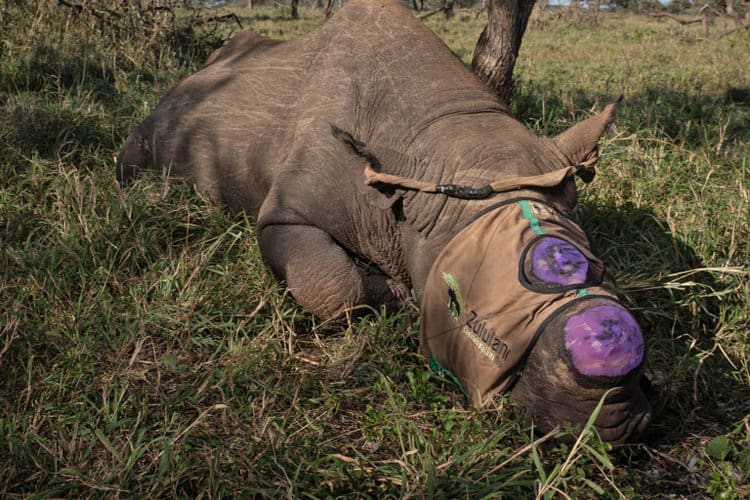

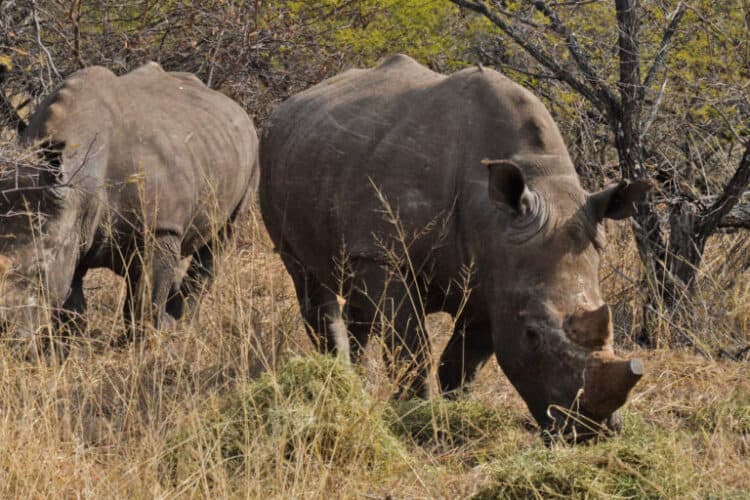

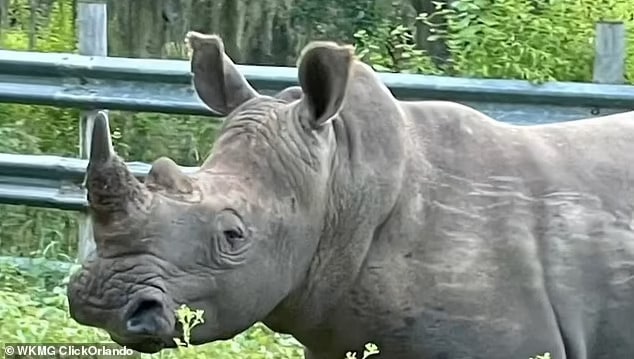
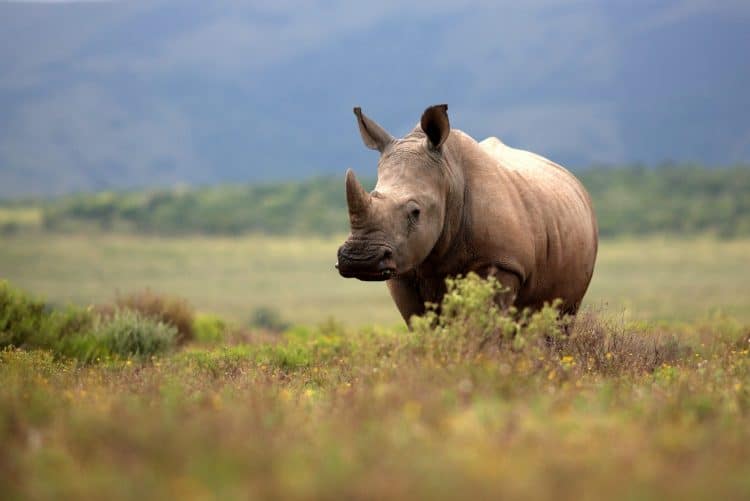
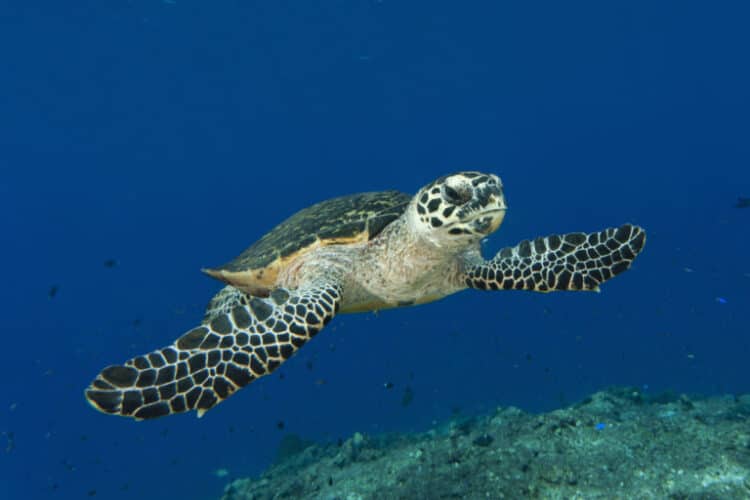
Leave a Reply